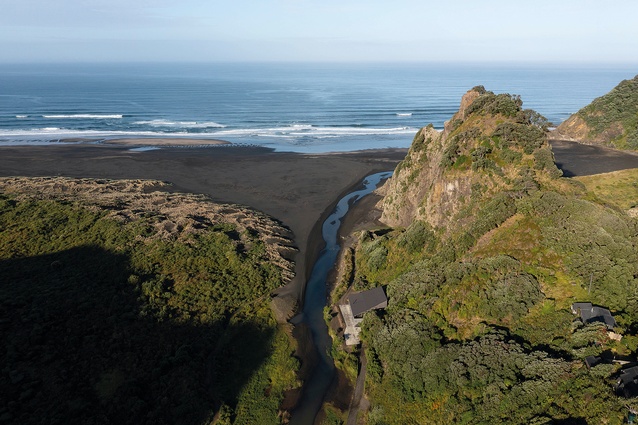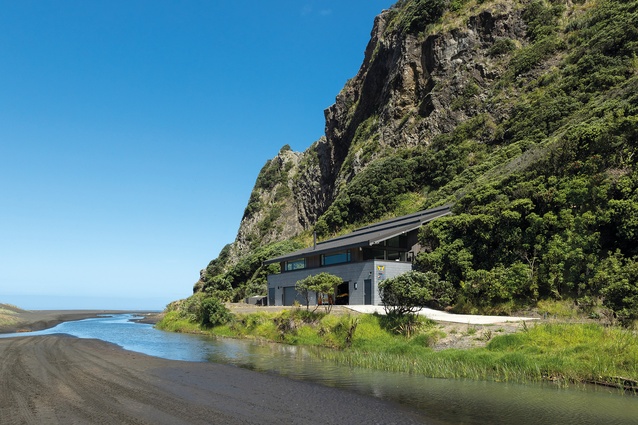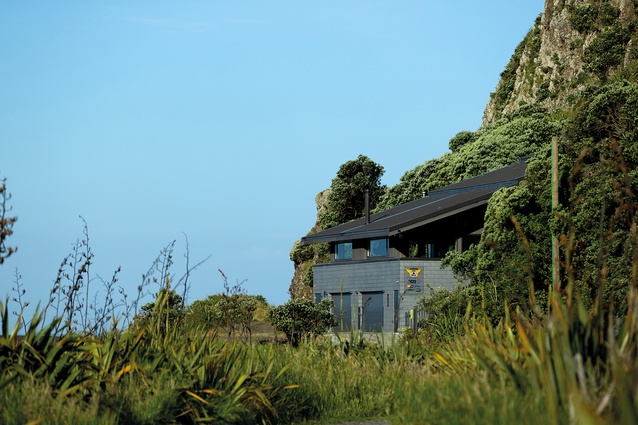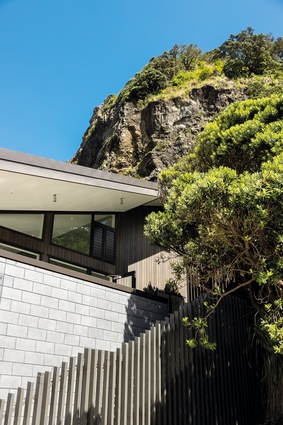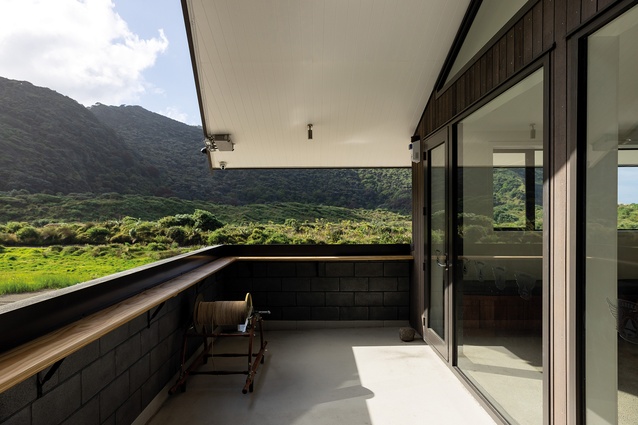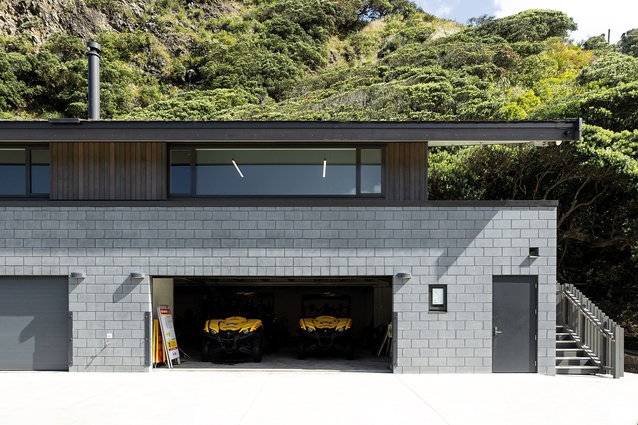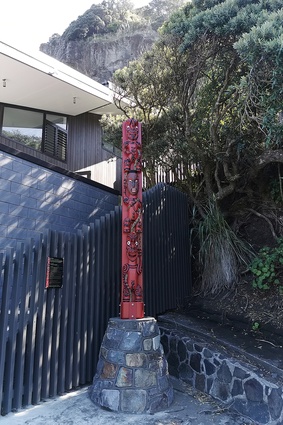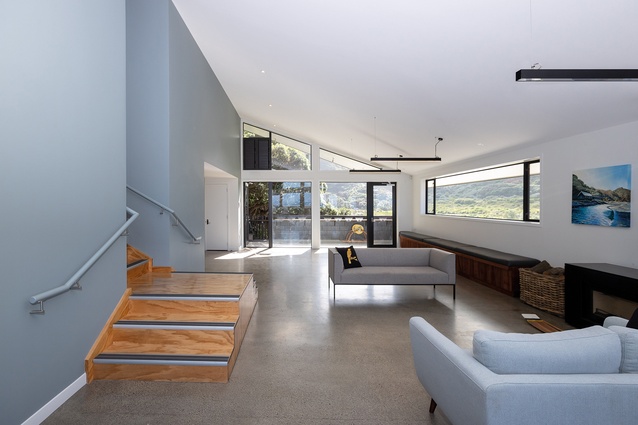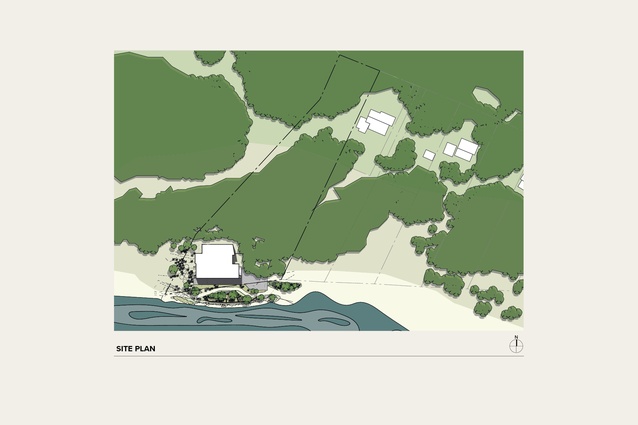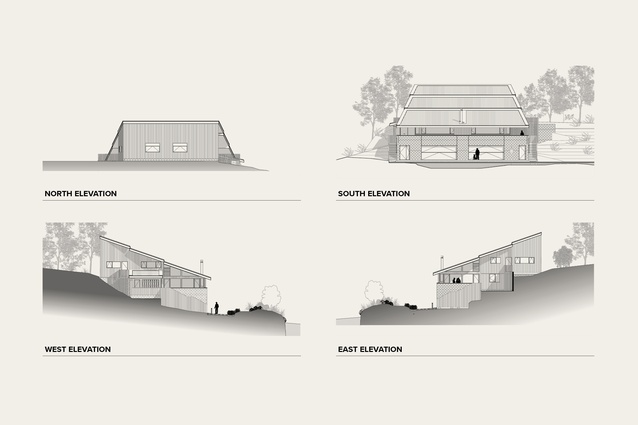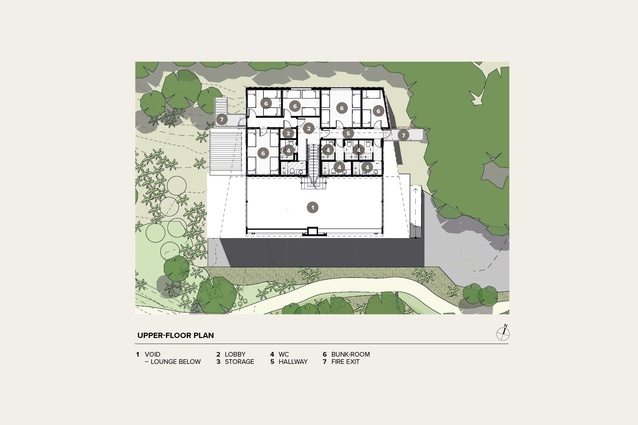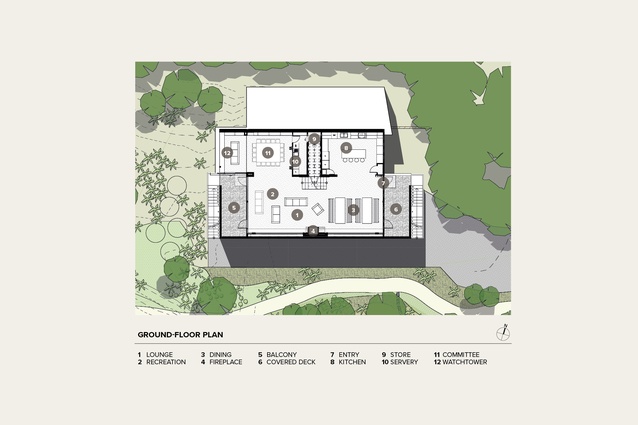Under the folds of the rock
In Karekare Surf Lifesaving Club by Richard Priest Architect, in association with 106 Architects, Sir Bob Harvey finds a modest building designed to merge with its majestic setting.
Karekare Beach on Auckland’s West Coast is considered one of the world’s finest beaches. The iconic setting was the location for the Oscar-winning film The Piano as well as countless TV commercials. The beach is dominated by a massive rock known as the Watchman and its magnificent timbered valley has remained unchanged since Māori occupation of the pa site above the beach.
The Surf Club was founded in 1935 following the dramatic rescue of a swimmer washed out in one of the treacherous rips and rescued by a sea plane — the first air sea rescue of its kind in the world.
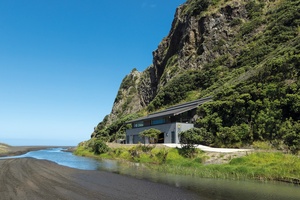
The club has since had a proud history of rescues that are often in conditions involving huge surf. It was given a piece of land by a local family in 1947 and, in 1952, the first clubhouse was built on the site. The one-room building, consisting of a basic kitchen, six bunks and an outdoor long drop, served the 50 young members until the 1970s when the club had enough funds to upgrade to a domestic suburban building on a concrete-block base. It was basic but, as the club was rapidly growing, it served its purpose, with a large basement to store the new lifesaving equipment of IRBs (inflatable rescue boats). The building quickly deteriorated in the fierce environmental conditions of the West Coast. Since 1990, the club has planned for a new clubhouse on the site and asked local architect Richard Priest, of Richard Priest Architect, to design a state-of-the-art building that would fit into the contours of the Watchman Rock and be sustainable and acceptable to both the local community and visitors.
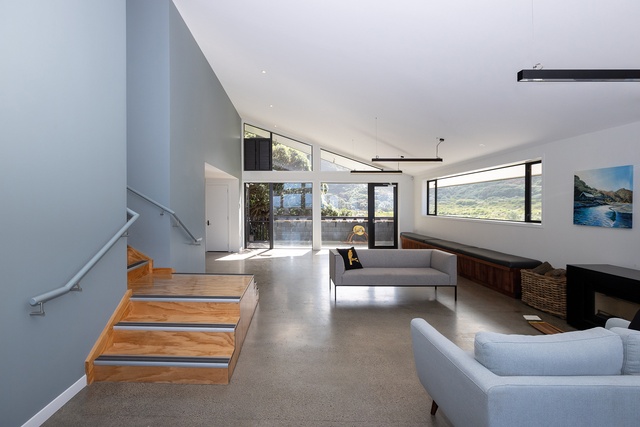
Priest designed the clubhouse in association with Dion Gosling, now director of 106 Architects. Gosling took the concept over, produced the construction documents and managed the build process. The brief from the club was that there would be a large main room suitable for community gatherings and lifeguard training in first aid and health and safety, which were becoming more important. The building would retain its sleeping accommodation for both male and female members.
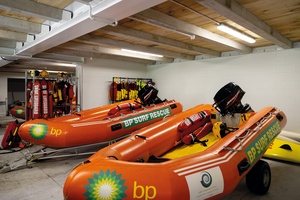
There would be showers and toilet facilities on the upper floors and a full-sized hub to store the large rescue equipment of IRBs, quad bikes, trailers, surfboards and jet-skis. There would also need to be a fully equipped first aid room with triage facilities and a shower for rescues. Karekare often reports up to 300 preventative rescues in a season as well as 100 surf emergencies. Its busy period runs from Labour Weekend through until Easter and the club is using the clubhouse as a facility for hire in the off season. The club has hosted many film and TV crews, as well as government department workshops, all utilising the accommodation facilities the new clubhouse offers.
Surf Club members were delighted with the design and, in particular, the large sloping roof, which echoed the enormous face of the Watchman Rock the building would nestle into. On completion, this has proved to be a truly beautiful feature of the clubhouse, as it fits comfortably and securely into the folds of the rock above and beyond. The fiercely environmental Karekare community is also delighted with the end result.

The iwi is pleased with the club’s acknowledgement of its past and its history of occupation, with its story of the pa being involved in a destructive battle during the musket wars of 1820. The pou was a two-year labour of love by West Auckland carver Mihaka Te Ariki Matatara-a-whare te tuhi mareikura o rauru Porourangi Novi Marikena.
A partnership with Auckland City Council and its willingness to help fund clubhouses in the Auckland region brought a million-dollar keystone funding to the project and the club, with a vigorous fund-raising committee launched to bring the estimated cost of $4.2 million to the table. The job was hampered by access difficulties, as the clubhouse needed an access road to the building from the car park and the demolition of the clubhouse and its removal over temporary bridges was unacceptable to the Council. The process gaining consents was long and difficult through the amalgamation of the Auckland Regional Council and Auckland City Council. The Waitakere City Council was a major supporting factor in the development of the project.
The local iwi Te Kawerau a Maki, upon whose original land the club sat, was a partner in the process and the club decided to honour this partnership with a pou whenua on the site. The local community was supportive of a new building, providing it fitted comfortably into the visual aesthetic of Karekare. Thanks to liquor licensing organisation The Trusts, the club found an excellent fund-raising conduit and was able to add successful applications to foundations, funders and supporters.
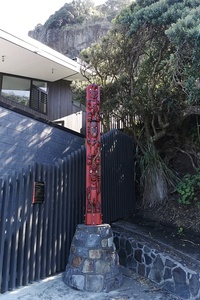
In 2015, the design (only slightly modified) was considered ready for tender and Cassidy Construction was awarded the contract for the build. Site access still proved difficult and this held up the build significantly. In 2020, approval was granted by Auckland Council to proceed and the old clubhouse was demolished in a moving ceremony with iwi, club members and lifeguards, now numbering more than 150.
Unfortunately, this coincided with the arrival of Covid but Cassidy decided to proceed with the building with strict protocols in place. Through a fiercely cold winter, with Covid affecting supplies, the construction was under way. The building was completed in 2022 and was handed over to the club for an opening in October by the Mayor of Auckland, Phil Goff, and an unveiling of the pou; this completes the partnership between local iwi and the club.
The total area of the building is an impressive 505.58m2 plus the hardstand concrete area of 160m2. The interior features two big works by artist Dean Buchanan and the main wall has a large three-metre-by-six-metre mural of historical photographs of Karekare and the club. The bunk-rooms are named after outstanding lifeguards and rescues.
This surf club and its state-of-the-art rescue operation is an example of fine architectural design within a sensitive and highly valued location. It is a beautiful example of form and function, and a fantastic outcome, superbly executed and delivered.


